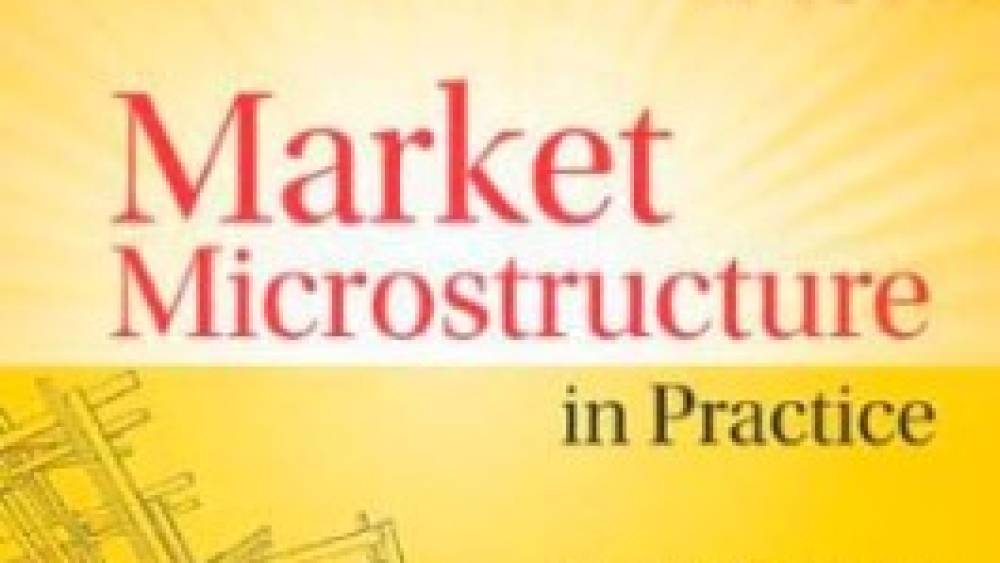Market Microstructure in Practice by Charles-Albert Lehalle and Sophie Laruelle is a unique piece in the financial literature about microstructure. This book is not a practitioners book, nor a book about regulation, nor a statistics, economics or econophysics book. It is a mix of all these viewpoints and that is why it is intended to anyone interested in modern market microstructure.
As market participants and top quantitative analysts, the authors describe their experience of the evolution of the markets in the last years, in the context of the fragmentation due to the new regulatory frameworks (Reg NMS, MIFID...). They also provide their thoughts, comments and opinions about these changes in regulation, together with the quantitative tools which are necessary to analyse them. Both academics and practitioners will defi nitely learn a lot from this book. Charles-Albert Lehalle and Sophie Laruelle have three main goals in this work:
- Describing, with an historical perspective, the recent regulatory changes (mainly the fragmentation) and analysing their consequences for each type of agent (in particular the emergence of new agents such as the high frequency traders).
- Assessing the impact of these changes on market quality (essentially on the «liquidity»).
- Providing to market participants the scientifi c approaches enabling them to design their trading strategies in this new environment.
The regulatory perspective is very present in the book. Indeed, Charles-Albert Lehalle and Sophie Laruelle provide a very frank and thorough analysis of the consequences of the new regulations on the price formation process and their opinion about them. They describe in a scientifi c manner the pros and cons and consider many regulatory tools enabling to fix some observed failures of the regulation (tick size, make-take fees, status of exchanges and market participants...).All the sensitive points related to the fragmentation of the markets are developed and commented: dark pools, emergence of high frequency traders, best execution obligations...Furthermore specifi c market events such as the Flash Crach are discussed in details.
From a quantitative point of view, the way trading has to take place in the post regulation context is also addressed in the book. The reader can very precisely understand what the different market participants are actually doing everyday and why a quantitative approach is necessary, in particular to fulfi ll the regulatory constraints such as the best execution policy. All the steps of the market participants tasks are meticulously described. Also, many technical tools are provided, explaining for example how to design a smart order router or the way to optimize between trade scheduling strategies. In particular the authors give a very original view of the central concept of market impact which will be of great interest for any broker or large investor. It is likely that Charles-Albert Lehalle’s group in CA-Cheuvreux was probably one of the only teams in the world able to write such an impressive piece and luckily they did it.
The analyses which can be found in this work will probably remain as references on the topic. This book is defi nitely a gold mine for academics or practitioners who wish to get a scientific view on how markets are now operating and understand what trading nowadays means.







